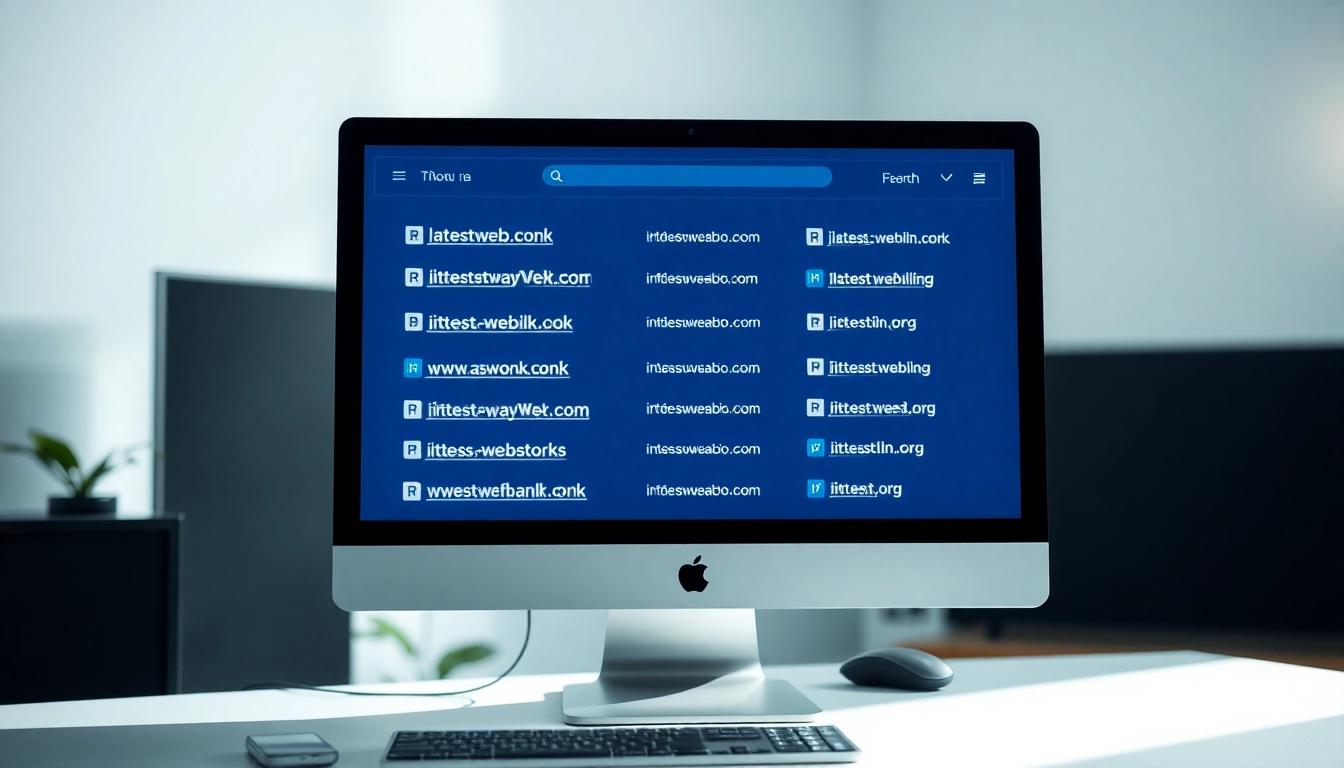Overview of AI Opinion Polls
Artificial intelligence has become an integral part of our daily lives, facilitating tasks ranging from online searches to complex decision-making processes. Yet, despite its ubiquity, there exists a significant divergence in public opinion regarding its implications and applications. In recent years, AI opinion polls have emerged as crucial instruments for capturing these sentiments, shedding light on the multifaceted attitudes people hold towards artificial intelligence.
What is an AI Opinion Poll?
An AI opinion poll is a survey designed to gauge public sentiment regarding artificial intelligence. These polls not only encompass opinions about the technology itself, but also how it impacts various facets of life, such as work, personal security, and ethical implications. Typically conducted through online platforms or telephonic interviews, these polls gather data that reflects a wide range of demographics, opinions, and cultural contexts.
Importance of AI Opinion Polls in Modern Society
The significance of AI opinion polls cannot be overstated. They serve various critical functions:
- Understanding Public Sentiment: AI opinion polls help researchers and policymakers address prevalent fears and excitement surrounding AI technologies, allowing for a more nuanced understanding of public sentiment.
- Informing Policy Decisions: Data from these polls can guide legislation and guidelines regarding AI development and deployment, ensuring that technological advancements do not outpace ethical considerations.
- Identifying Trends: By tracking public opinions over time, these polls reveal shifts in societal attitudes, informing corporations and businesses on how best to align their strategies with public expectations.
Trends in AI Opinions Across Demographics
AI opinion trends reveal a complex interplay of factors influencing how different demographics perceive AI. For instance, several studies have shown that women tend to express more skepticism towards AI than men. According to a recent survey by Pew Research, among adults in the U.S., 52% are more concerned than excited about AI, highlighting a significant apprehension that surpasses enthusiasm in many segments of the population. This demographic analysis is crucial for tailoring AI applications in a way that meets societal needs and expectations.
Current Landscape of AI Perceptions
Key Findings from Recent Polls
The landscape of public opinion on AI is continually evolving. Recent polling data has provided several critical insights:
- A survey by Gallup and Bentley University found that 65% of adults perceive more harm than good from the use of AI.
- Notably, a YouGov report indicated that 40% of Americans believe AI will negatively impact society, a significant increase from previous assessments.
- Furthermore, the Axios poll found that 72% of respondents express concerns about how AI might influence the spread of misinformation, solidifying worries about the technology’s societal repercussions.
Public Concerns vs. Excitement about AI
Public sentiment towards AI oscillates between concern and excitement. While AI’s capabilities can improve efficiency and open new avenues for innovation, many remain skeptical:
- Concerns often revolve around job displacement, with 59% of workers fearing that AI could threaten their employment.
- The ethical implications of AI usage evoke significant debate, particularly regarding privacy and surveillance.
- Despite these apprehensions, some consumer-facing AI applications, like personal assistants, enjoy popularity, indicating that experiences shape perceptions.
Gender and Age Differences in AI Opinions
AI opinions are not uniform across demographics. Studies reveal important distinctions:
- Gender Differences: Women exhibit more caution toward AI applications, often prioritizing ethical implications over technological advancements.
- Age Variations: Younger populations generally express more optimism about the future of AI, while older segments tend to be cautious, reflecting generational divides in technology adoption and trust.
The Role of AI in Daily Life
How AI Influences Daily Activities
AI’s integration into everyday tasks enhances efficiency and capacity for personal and professional engagements:
- Smart Home Devices: Many households employ AI through devices such as smart speakers and thermostats, promoting convenience but also raising questions about privacy.
- Healthcare Applications: AI is revolutionizing healthcare logistics, providing predictive analytics for patient care, but can also leave some users apprehensive about data security.
AI in the Workplace: Benefits and Risks
The workplace environment is undergoing transformation due to AI innovations. Key aspects include:
- Productivity Boosts: AI tools help increase productivity by automating repetitive tasks, facilitating better use of human capital. A survey indicates that 68% of employees leverage AI for productivity-related tasks.
- Job Displacement Risks: Despite productivity gains, employees express fears about job security, highlighting the dual-edged nature of technological advancement.
The Future of AI: Hopes and Fears
The trajectory of AI development incites a mix of optimism and apprehension. Key elements include:
- Ethical AI Manufacturing: Concerns about ethical implications must be addressed, particularly regarding bias in AI algorithms.
- Innovation and Progress: Many individuals remain hopeful that AI will unlock unprecedented innovation, enhancing quality of life globally.
Implementing AI Opinion Polls
How to Conduct an Effective AI Opinion Poll
Crafting an effective opinion poll on AI requires meticulous planning:
- Identify Objectives: Clearly outline the goals of the poll—what do you want to learn about public sentiment on AI?
- Question Design: Formulate questions that elicit clear, unbiased responses. Include a mixture of quantitative and qualitative queries to capture a comprehensive view.
- Sampling: Ensure a diverse sample that accurately represents different demographic groups, allowing for a richer understanding of opinions.
Best Practices for Analyzing Survey Results
Effective analysis of AI opinion poll data is crucial for deriving actionable insights:
- Segment Results: Analyze data across different demographics to identify trends and variances in opinion.
- Data Visualization: Employ visual tools like graphs and charts to present findings, making them easily digestible for diverse audiences.
- Contextual Interpretation: Frame results within broader social, economic, and technological contexts to deepen understanding of public sentiment.
Strategies for Engaging Poll Participants
Engagement is key to collecting meaningful data:
- Incentives: Offering incentives, such as gift cards or exclusive content, can increase participation rates in opinion polls.
- Clear Communication: Clearly communicate the purpose of the poll and how the results could benefit the participants or their communities.
Case Studies and Real-World Examples
Insights from Recent AI Opinion Polls
Recent polls have highlighted several key insights regarding public sentiment towards AI:
- For example, a research initiative focusing on the effects of AI on job security resulted in the identification of significant apprehensions among workers, prompting dialogues about retraining programs.
- Insight from the Global Public Opinion on Artificial Intelligence survey indicated varying levels of acceptance toward AI in different cultural contexts, suggesting the importance of localized strategies in technology implementation.
Impact of AI Poll Findings on Policy Making
The implications of public sentiment regarding AI can greatly influence policy decisions. Policymakers utilizing data from opinion polls can:
- Shape regulations that enhance transparency and foster public trust.
- Prioritize areas requiring public attention, such as data protection and ethical AI guidelines.
Successful Campaigns Using Public Opinion Data
Several organizations have effectively harnessed AI opinion polls to shape their outreach and advocacy efforts:
- Nonprofits focusing on technology ethics have utilized survey data to craft campaigns that resonate with public concerns and hopes, actively engaging communities in discussions about AI impacts.
- Corporations are increasingly using opinion data to drive corporate social responsibility initiatives, aligning their business goals with positive public sentiment.



